4 Reasons To Fall In Love With Math
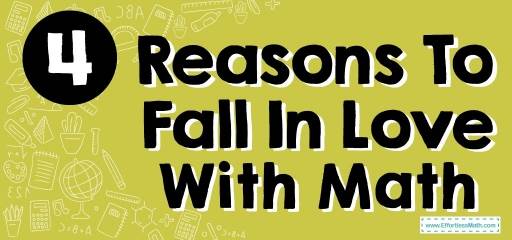
The HSE International Laboratory for Educational Policy Analysis conducted several studies and found out that several factors can worsen relations with math:
Misunderstanding of one of the key topics: The school curriculum in mathematics can be represented in the form of a large house: first, you need to take care of the foundation, then build walls. I
f an important part of the fundamental knowledge turns out to be weak, it can jeopardize the construction of the entire building, so the first step to problems with mathematics is not to skip the basic information. This rule also applies almost to any school subject, even when writing an essay.
As a student, I preferred to contact qualified writers who could rate my essay and give a piece of precious advice.
The unfavorable atmosphere in the classroom: Before looking for gaps in knowledge, it is necessary to analyze the psychological state of the child. Is he comfortable in this school? Does he have a good relationship with the teacher? And with classmates? Isn’t he afraid to go to the blackboard? All of this can significantly affect the learning process and affect the love of mathematics.
Low self-esteem: It seems to be a topic far from mathematics, but studies have confirmed that problems with self-esteem prevent you from seeing all the good that is in problems and equations.
The fact is that an insecure person is afraid of making a mistake, so he will not offer his solution, will not try to find a way out of a difficult situation, and will not study the problem from different sides – and without this, mathematics loses all its appeal.
What is so good about the queen of sciences?
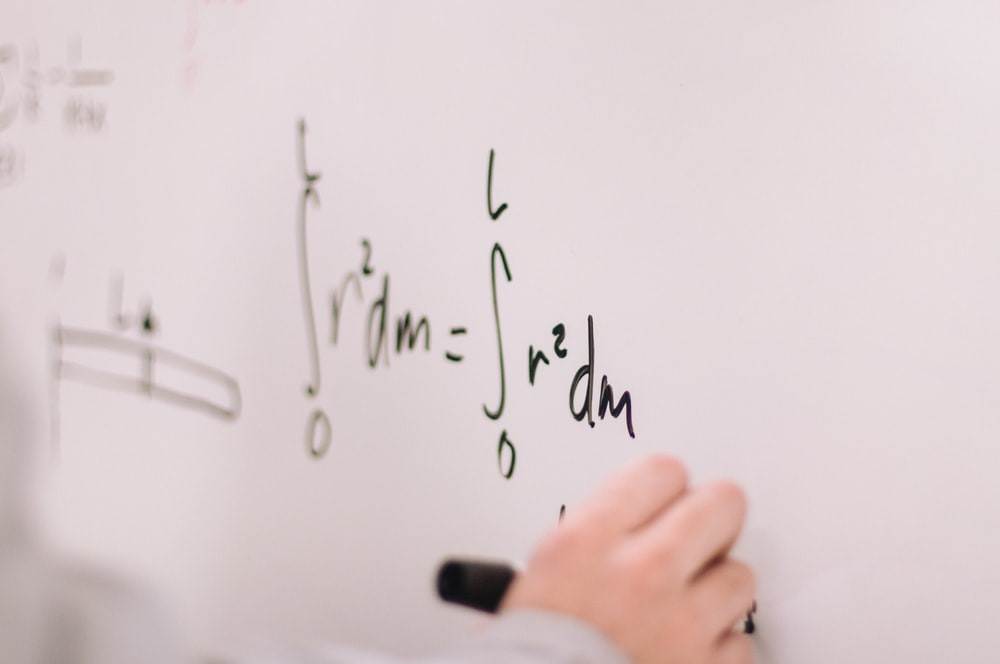
1. Helps to better understand other subjects: The uncompromising division into mathematicians and humanities is a big misconception. American scientists from Purdue University have proved that children’s success in arithmetic has a positive effect on the study of humanities.
Mathematics teaches you to formulate theses correctly and accurately, pay attention to details and highlight key information in large texts.
2. Makes mistakes: Professor of Mathematics Jeremy Kuhn is sure that one of the main advantages of the exact sciences is that they treat idealism and the excellent student syndrome. Mathematics is nothing but a scribbled draft, a long argument, a search for truth.
3. Trains creativity and flexibility of thinking: To be a creative person, it is not enough to become an artist or designer, you need to know mathematics well. So says Joe Bowler, author of the book “Mathematical Thinking”. In it, she writes that there is much more creativity in the exact sciences than is commonly believed because they represent a multifaceted and changeable structure: “Mathematics is constantly changing. You can approach any problem in different ways, and you can also perceive mathematics in different ways.”
4. Affects brain development: Scientists from Stanford University have been studying the results of MRI of the brain of schoolchildren for six years. Some of them were intensely engaged in mathematics, the rest disliked this subject and devoted no more time to it than the school required, and sometimes even less.
At the end of the experiment, the research team concluded that regular mathematical training has a beneficial effect on the brain: the areas responsible for working with numbers are actively developing, as well as activity in the prefrontal cortex and in the hippocampus increases – areas that provide a high level of memorization and prediction.

Personal story
Since childhood, I have experienced a persistent hatred for this, as it seemed to me, a far-fetched and meaningless discipline. No, I did not dispute the fact that mathematics is vital and people cannot do without it. But it is available only to a certain class, or even, perhaps, to some special breed of people, whose brain probably consists of some other substance than myself.
After graduating from school and passing the exam, I was glad that I would never have to suffer from this “nonsense” again. How wrong I was then. But I was even more wrong when I thought that I would hate the Queen of Sciences all my life.
My penchant for observations with subsequent conclusions made me deeply doubt my genetic giftedness. Yes, it is true that in a family of musicians, most likely, the successor of a musical dynasty will grow up, in a family of artists, the probability of the birth of an artist is very high, and in a family of mathematicians, a child with a mathematical mindset may grow up.
So, the first thought: there are no “physicists” and “lyricists”. There are no “mathematical” and “humanitarian” brains, but there is an environment that determines everything. But why, then, is mathematics so categorically difficult, incomprehensible, and inaccessible to such a large number of students at school (almost more than half)?
Second thought: math is not taught at school. Or to put it another way: what they pass off as mathematics is not real mathematics. Similarly, in most schools, English lessons are far from the language itself, and singing lessons are far from music.
During all the years of school studies, I never managed to meet a math teacher at school who was truly passionate about his subject and sincerely loved it. That’s why I could not understand, accept, or love mathematics. There was no one at school to show me the true beauty of this science.
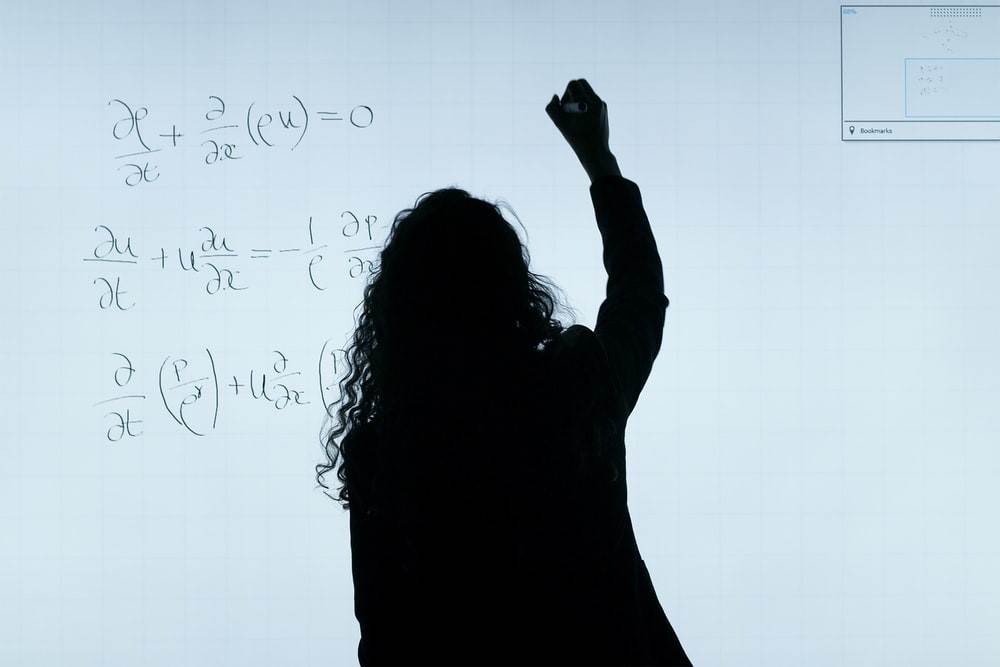
To sit at a school desk for ten years and never get to know “the real math”!
Instead, the teachers who faithfully fulfilled their role slipped me some kind of bargaining chip consisting of dry figures, graphs, and formulas, the essence of which they most likely did not understand themselves.
The whole point of the training was to come to the right decision with the given instructions at all costs and pass the next test. What was the link between life had all these graphs and equations?
The fact that mathematics is an art, as beautiful, diverse, and multifaceted as music, sculpture, or architecture, the teachers themselves did not realize. In a school environment, mathematics is a common subject that must be passed.
In progressive educational circles today, the idea of the productivity of education sounds more and more vivid, when the educational process is built in such a way that the student independently systematizes information in a way convenient for him and then tries to transfer this information to another.
At the same time, it is quite natural that the teacher in this case is physically unable to possess the amount of knowledge of a graduate of the Faculty of Mathematics. It is enough that at the moment he is well-versed in the area of the system that he realized.
Mathematics should be taken from life itself. What surrounds us, how the space around us is organized, according to what laws it exists — this is mathematics, not boring numbers on the pages of textbooks.
Math for a child
Moreover, mathematics does not begin with a school desk and not with or even with a kindergarten preparatory group, but from the moment when the kid becomes able to contemplate the world around him. Even then, while still at the level of feelings and sensations, he will learn how a circle differs from a square and a triangle, long from short, wide from narrow, and large from small. All concepts – angles, shapes, squares, perimeters, fractions, sectors, lengths, and magnitudes – are embodied, tangible and understandable.
Here it is – the discovery. Teaching mathematics should start with finding mathematics around us! It is necessary to teach children to admire her beauty and grace. Mathematics, contrary to all established ideas, does not begin with numbers and counting.
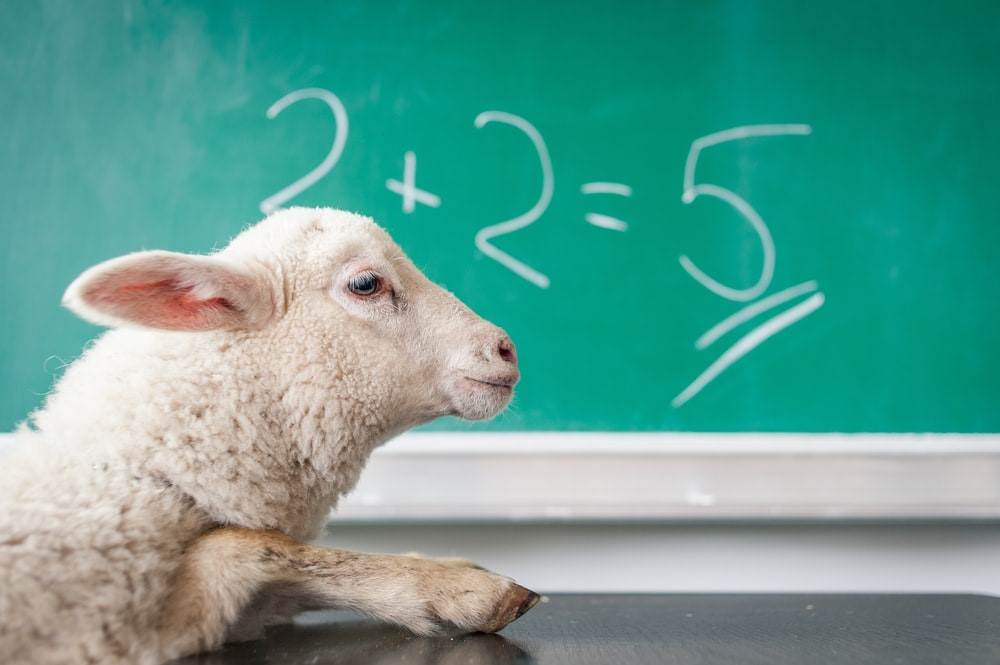
Where does mathematics live? Just not in school textbooks. Today, with my four-year-old daughters, I started studying mathematics around us. We glue the toys. House: square and triangle – well, what’s wrong with that? And cut a square diagonally? Two triangles are obtained. This is “what is it” for you, but for a child, it is an opening. Carefully cut off the corners of the rectangle and – hocus-pocus – got an oval. And how to get a circle from a square? After such “tricks,” it will be easier to talk with children about the inscribed and described figures.
We remember the basic principle “from the visual-effective to the verbal-logical”, and not vice versa. Let’s first give the kid a clear idea of where this occurs in life and how with this knowledge he can influence the world around him.
Related to This Article
More math articles
- FREE 7th Grade New York State Testing Program Math Practice Test
- A Deep Dive Into The World of Trigonometric Limits
- FREE 6th Grade STAAR Math Practice Test
- 8th Grade Georgia Milestones Assessment System Math Worksheets: FREE & Printable
- Full-Length ISEE Lower Level Math Practice Test-Answers and Explanations
- 4th Grade MEAP Math Worksheets: FREE & Printable
- How to Fill in the Gaps: Finding Missing Angles of Quadrilaterals
- Best Scientific Calculators for Students
- The Harmonic Series: Infinite Growth and Mathematical Impact
- 3rd Grade SBAC Math FREE Sample Practice Questions


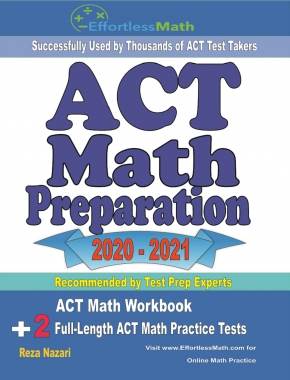

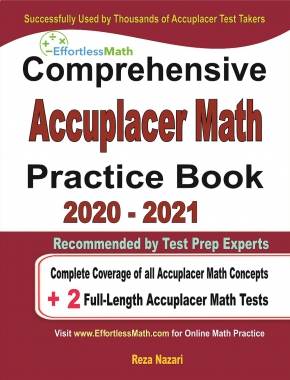
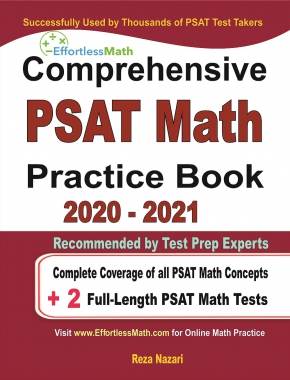
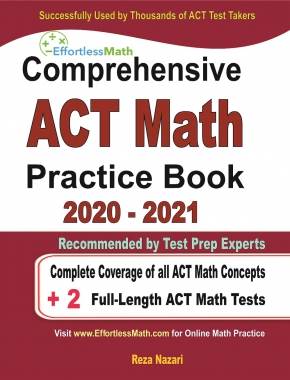
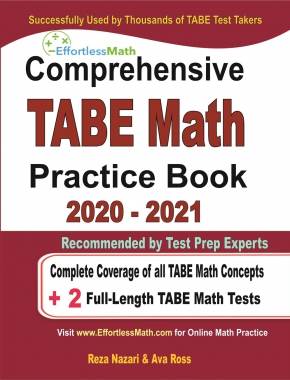
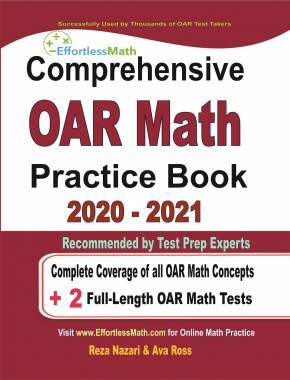
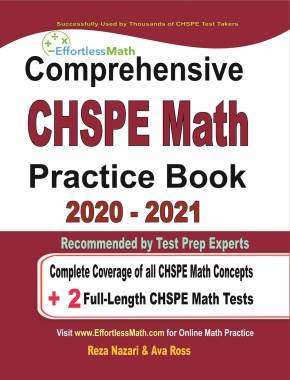
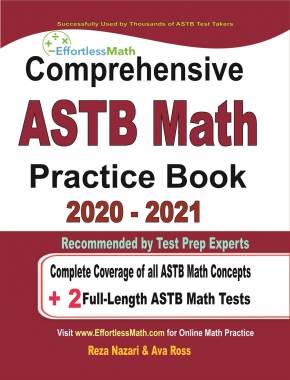
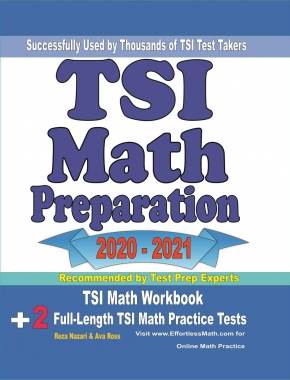

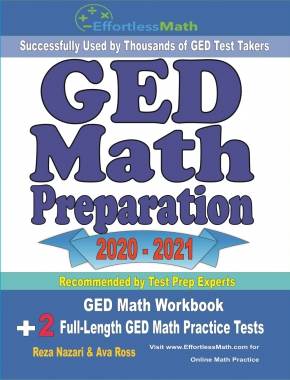


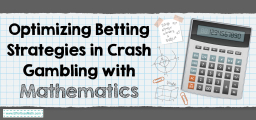
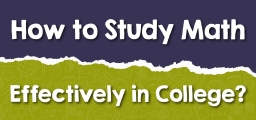
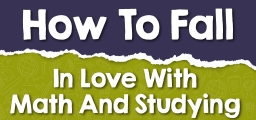
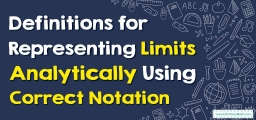
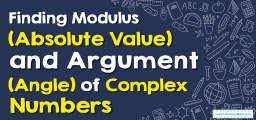
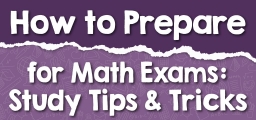

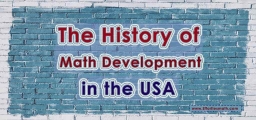


What people say about "4 Reasons To Fall In Love With Math - Effortless Math: We Help Students Learn to LOVE Mathematics"?
No one replied yet.